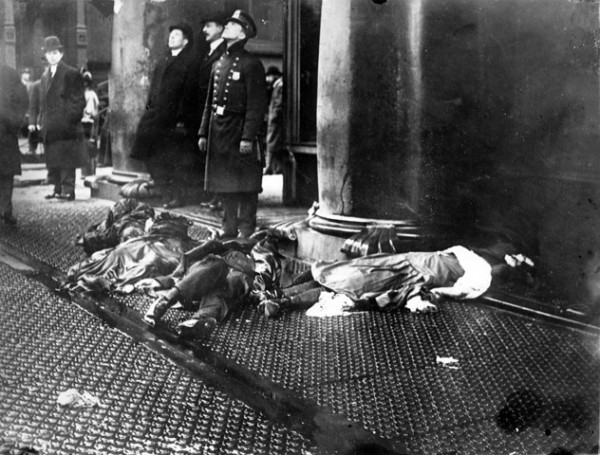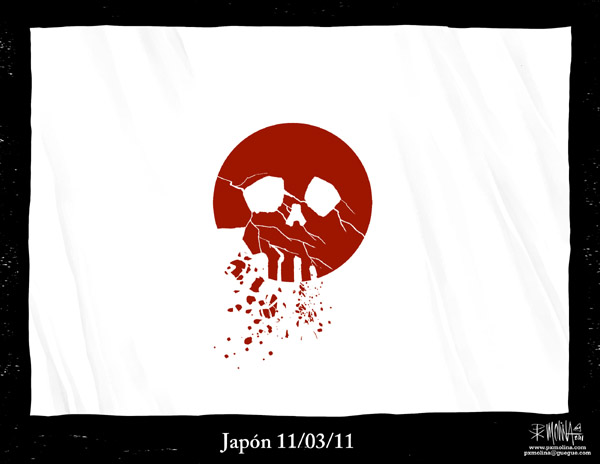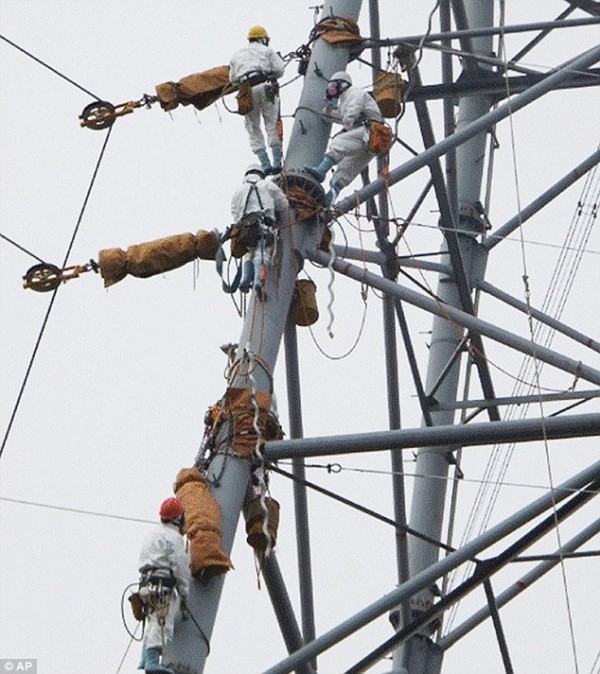Notes
What Are Unions Good For?

There has been a good deal of talk recently about the public value of unions, much of it framed in the euphemistic language of “right to work” laws and the alleged unfairness of “collective bargaining.” There is probably something to be said about how unions have occasionally exploited the power of collective bargaining in ways that may not always be in the public interest, but as Hariman pointed out recently, corporations are no less collective bargaining agents representing the special interests of owners and shareholders. And so it hardly seems reasonable to single out unions as singularly or generically problematic in this regard. But since we are approaching the 100th anniversary of the Triangle Shirtwaist Factory Fire, there might be a different point worth making.
The Triangle Shirtwaist Factory (TSF) was on the 8th-10th floors of the Asch Building near Manhattan’s Washington Square. The TSF was what we would today call a sweatshop and the working conditions were oppressive. The vast majority of the 500 employees were teenage girls, most of them recent immigrants who spoke little or no English. At 4:45 p.m. on March 25th, just short of quitting time, a fire broke out and spread quickly. There were two descending stairwells, but one was quickly blocked by flames and the second was locked to avoid theft. Some packed themselves onto the sole working fire escape which quickly collapsed under the extreme weight (and in any case apparently led nowhere), others jumped down an elevator shaft or made their way to the roof of the building only to jump to their death 135 feet below. When all was said and done 148 people—129 women and 19 men—were dead. The owners were indicted on charges of manslaughter, but subsequently acquitted. Two years later they lost a civil suit which compensated each family $75.00 for the loss of their loved one. The owners were compensated by their insurance company in excess of their reported losses and in the amount of $400 per death.
The final cause of the fire was never determined, but what the photographic record made palpably clear (here, here, and here) was that the health and safety conditions of the TSF were wholly inadequate. And this was doubly tragic since groups like the International Ladies Garment Workers Union and the Women’s Trade Union League had been advocating for better working conditions and protective safety legislation for several years. Following this tragedy they redoubled their efforts in both lobbying for reforms and monitoring the safety conditions within the garment industry. Things did not change immediately, as industry leaders continued to argue that stringent safety codes would wipe them out of business—an argument that seems to persist in contemporary times—but it is hard to imagine that without the efforts of union organizations that things would have changed very much … or at all.
As we debate the value of unions in the days and weeks ahead we are well advised to recall the Triangle Shirtwaist Factory Fire and the need that workers have for a collective voice in representing their interests, particularly in the face of efforts to castigate unions as little more than selfish, greedy operations. And to the extent that any of that interest speaks to questions of health and safety we need to recognize the especially important watchdog, public interest that is being served.
— John Lucaites
Photo Credit: Brown Brothers/Kheel Center. // Cross-posted from No Caption Needed.


Reactions
Comments Powered by Disqus